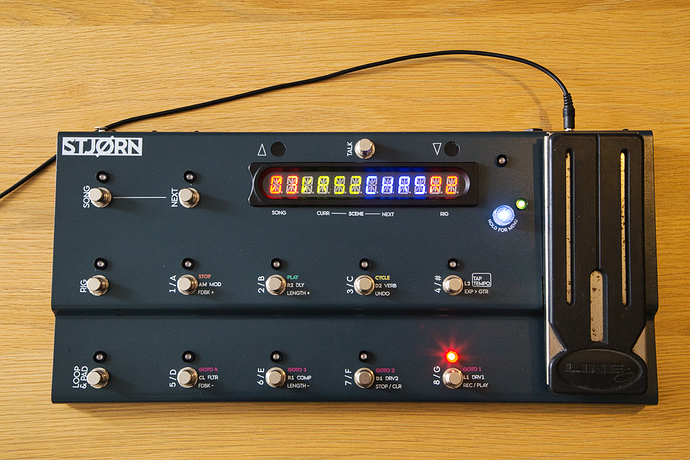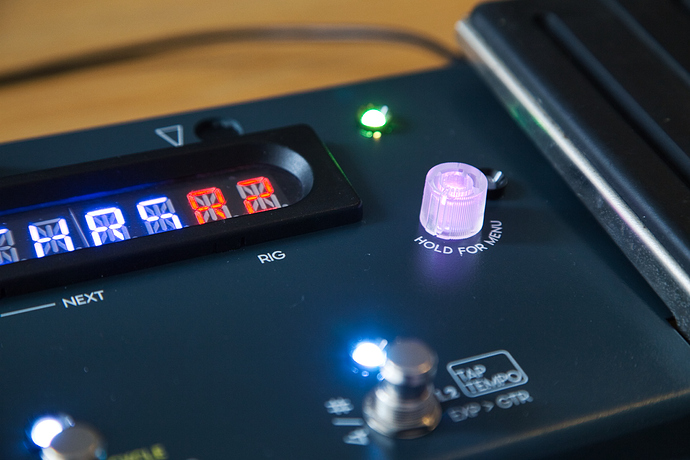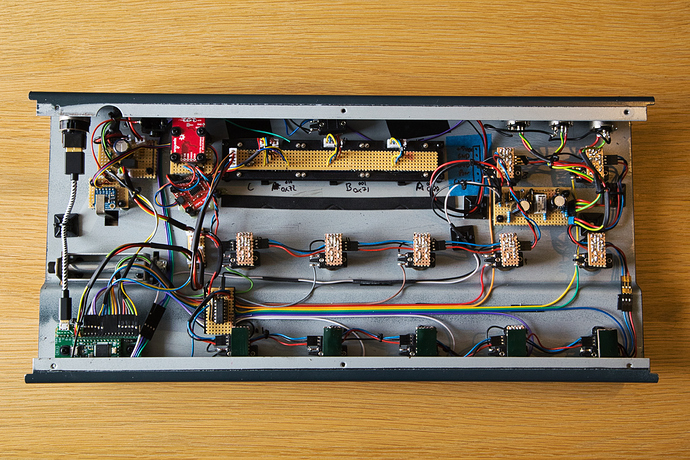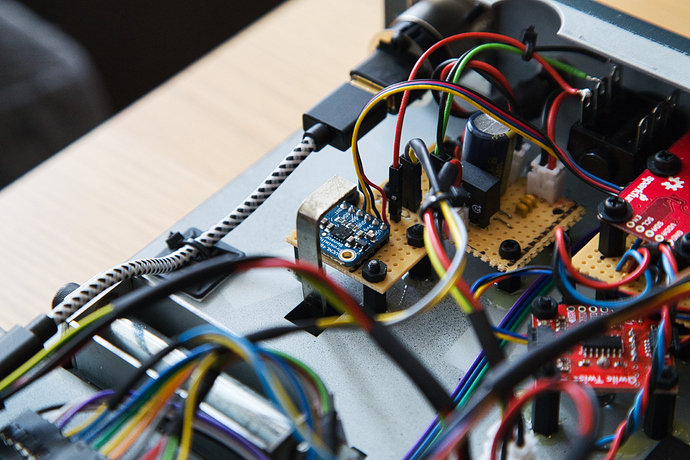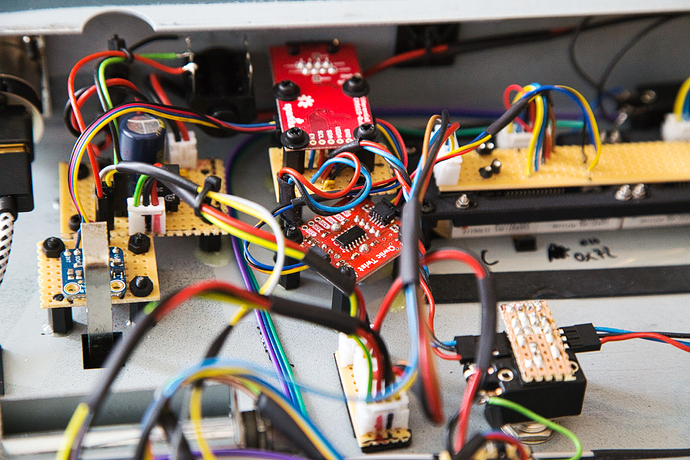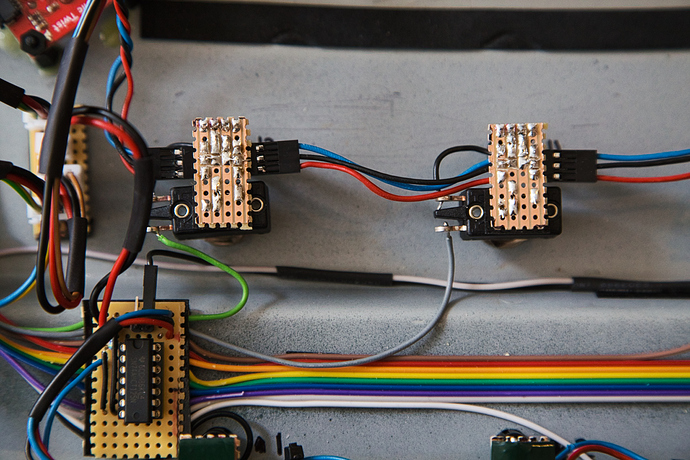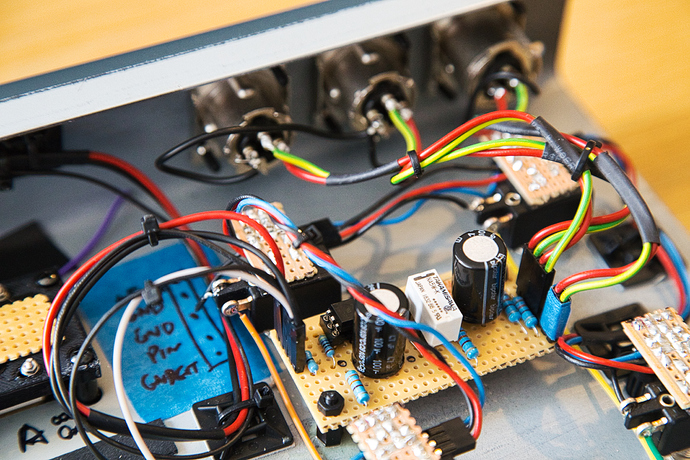After far too long of being ‘in the process of’ making a custom MIDI controller I have actually started!
Welcome STJØRN.
I have long wanted a MIDI controller to control a GP based rig that works how I want it to work. My live use needs both foot control (I’m a guitarist) over GP but also foot control of Ableton Live to control backing tracks and clicks. I also wanted the controller to display info on the tracks as a sort of HUD.
As mentioned, I have been planning this for - literally… - years and although the concept has remained the same the way to apply it has changed somewhat. The ‘final’ form that I have now started to build is actually quite a lot more simple than it started and theoretically could be achieved using an off-the-shelf controller, but still with some compromises over how I want it to work and so I am sticking with this!
I have started a project over on Hackaday.io to document the build - this can be found here:
If you are interested, please follow it and I will try and update pretty regularly. I will probably also post in this thread when there is an update. Hopefully it might inspire some of you in similar situations to have a crack at building your own controllers  . I would also love any feedback and suggestions on any part of it so feel free to fire away!
. I would also love any feedback and suggestions on any part of it so feel free to fire away!
Splendid.


